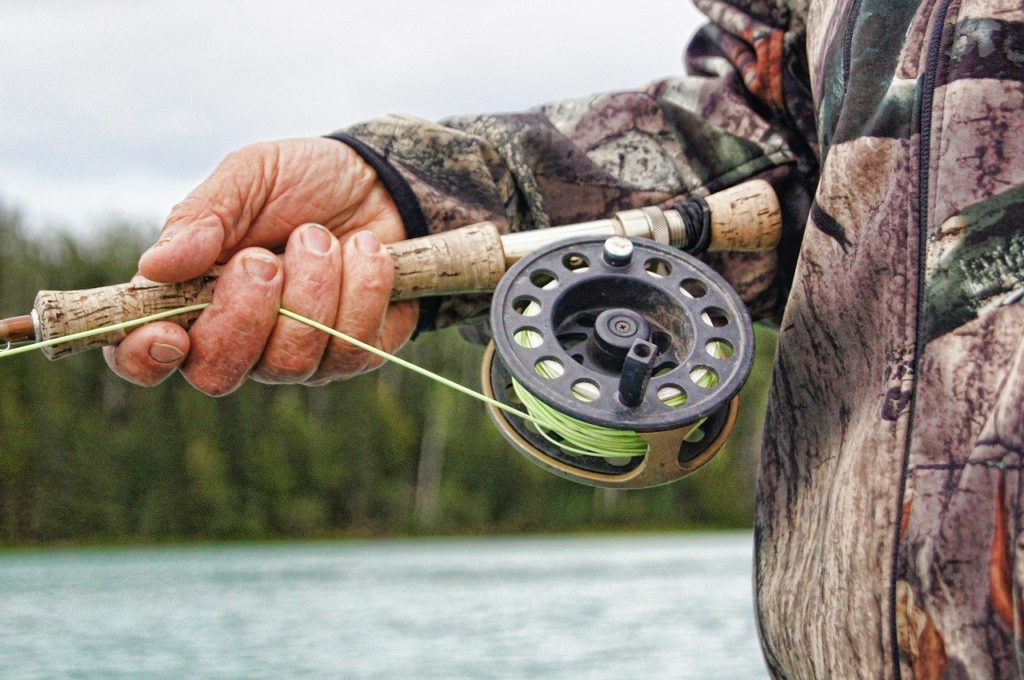Over the years, lake fish were divided into three main categories: game fish (food fish), bait fish (forage fish) and food fish (game fish).
Because of their sporting value, the bass, trout and pike are all known as game fish.
Carp, suckers and some catfish, as well as yellow perch and other species, are considered food fish. This latter group is not considered to be furnishing the sport of game fish, but it does have a real economic as well as recreational value.
In lake fishing, the best way to describe how to cast is with words. Casting is best learned by going down to the beach and watching an expert do it.
Lake fishing is fun, and even the beginner can learn the proper technique. Here are some tips to help anglers improve their lake fishing skills.
1. Lake fishing is similar to other forms of fishing. A smooth, snappy stroke, but not as snappy, is necessary. This stroke can lead to the death of many flies.
2. Anglers need to remember that the fly is not the line being cast. The leader is the fly’s passenger.
3. Both the forward and backcast castings require proper timing.
4. Learn about the habitat of the fish and the types of fish that live in the lakes. Sunfish and small-mouth black bass are two examples.
These fish are often found near a submerged stump or log, or among plants.
5. It is best to use large, strong rods when catching big fish in the water. The average weight of big fish such as the bass is 12 pounds. They usually live in the lake or pond. They grow so big because they have a lot of food and are very rich in it.
To handle these sizes, the rod should be 8 1/2 feet long and between 4 and 4 and 3 quarters of an ounce weight.
The fundamental principles of lake fishing are easy to grasp and anyone can learn them with a little practice and patience.

